In today’s hypermedia landscape, youth and young adults are increasingly using social media platforms, online aggregators and mobile applications for daily information use. Communication educators, armed with a host of free, easy-to-use online tools, have the ability to create dynamic approaches to teaching and learning about information and communication flow online. In this paper we explore the concept of curation as a student- and creation-driven pedagogical tool to enhance digital and media literacy education.
We present a theoretical justification for curation and present six key ways that curation can be used to teach about critical thinking, analysis and expression online. We utilize a case study of the digital curation platform Storify to explore how curation works in the classroom, and present a framework that integrates curation pedagogy into core media literacy education learning outcomes.
Learn more / En savoir plus / Mehr erfahren:
https://gustmees.wordpress.com/?s=curation



 Your new post is loading...
Your new post is loading...

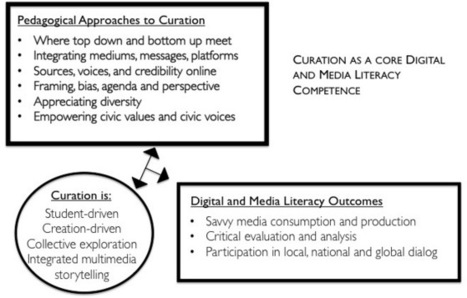

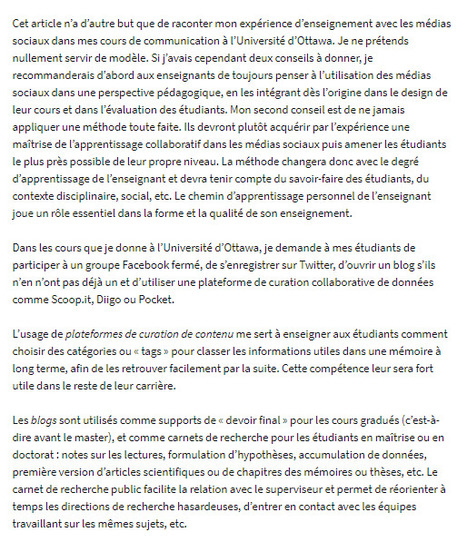
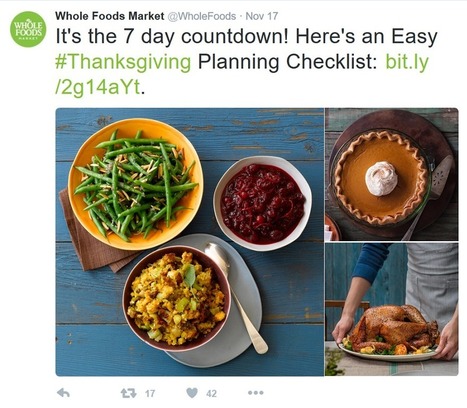



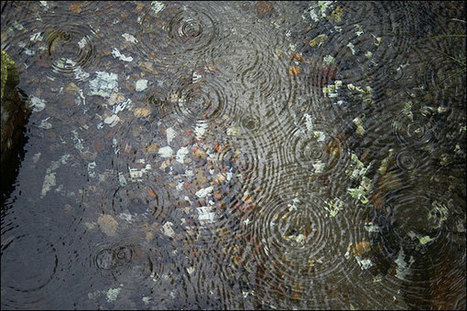

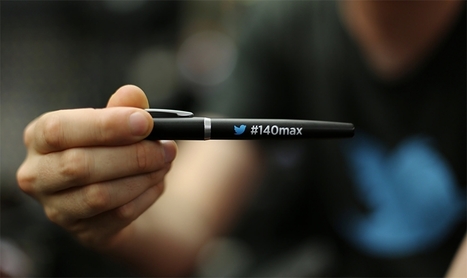
![PKM - Personal [Professional] Knowledge Management | 21st Century Learning and Teaching | Scoop.it](https://img.scoop.it/Ut3_BmqEzi_XF952JlEOcTl72eJkfbmt4t8yenImKBVvK0kTmF0xjctABnaLJIm9)


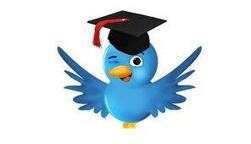
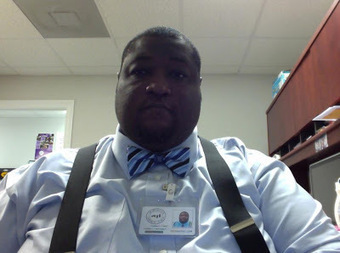






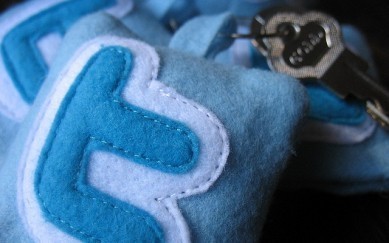



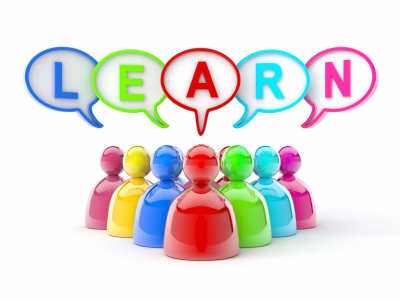
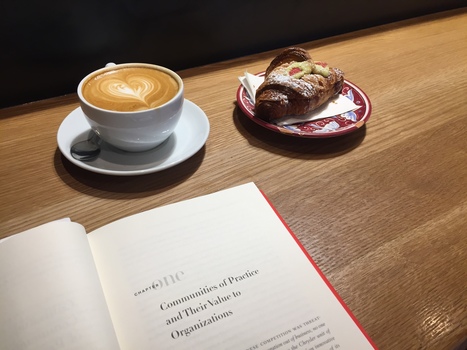
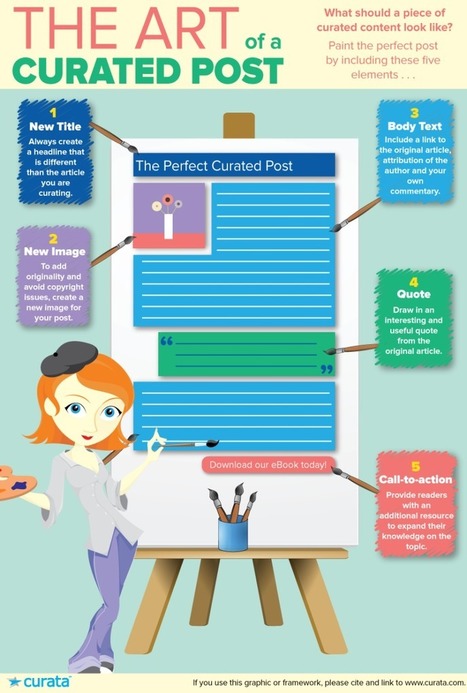



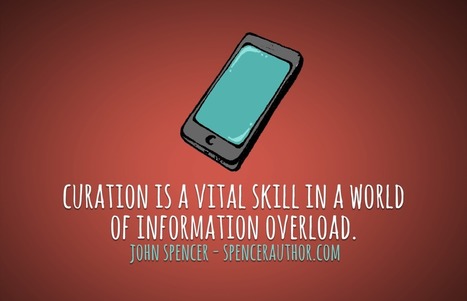

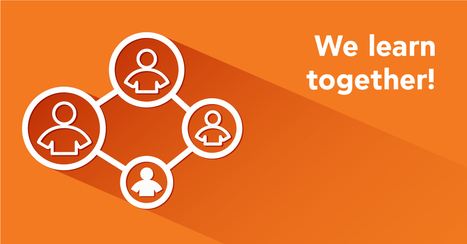


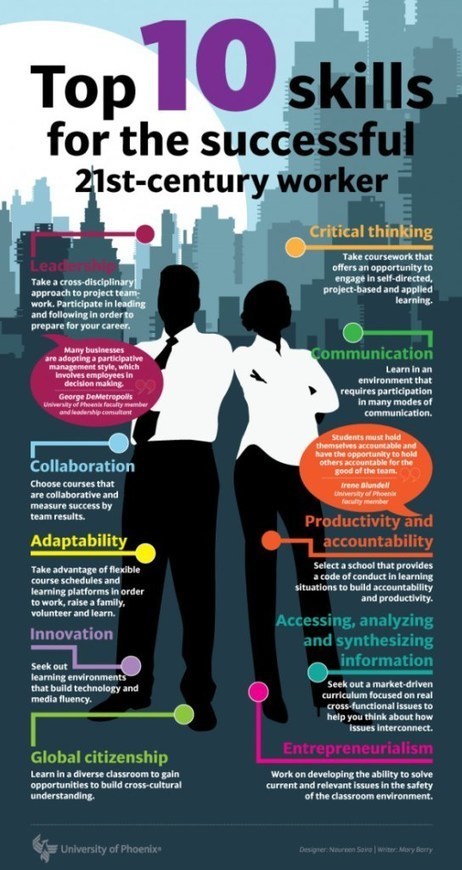






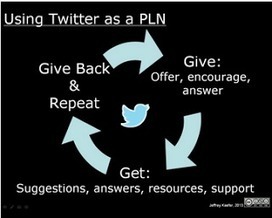

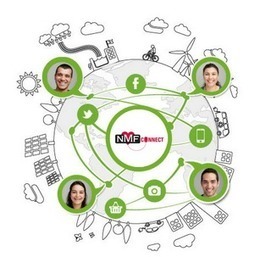







In today’s hypermedia landscape, youth and young adults are increasingly using social media platforms, online aggregators and mobile applications for daily information use. Communication educators, armed with a host of free, easy-to-use online tools, have the ability to create dynamic approaches to teaching and learning about information and communication flow online. In this paper we explore the concept of curation as a student- and creation-driven pedagogical tool to enhance digital and media literacy education.
We present a theoretical justification for curation and present six key ways that curation can be used to teach about critical thinking, analysis and expression online. We utilize a case study of the digital curation platform Storify to explore how curation works in the classroom, and present a framework that integrates curation pedagogy into core media literacy education learning outcomes.
Learn more / En savoir plus / Mehr erfahren:
https://gustmees.wordpress.com/?s=curation
https://globaleducationandsocialmedia.wordpress.com/2014/01/19/pkm-personal-professional-knowledge-management/